Upper stage 14С48 "Perseus": groundwork for the future
On December 27, at the Plesetsk cosmodrome, the next launch of the Angara-A5 heavy launch vehicle took place. On board the rocket were a promising upper stage 14S48 "Perseus" and a weight-and-weight payload simulator. For the heavy "Angara" this flight was already the third, and the "Perseus" product was used for the first time. However, in the future it should take its place in the Russian space program and find wide application.
Modernization issues
The Perseus product is the newest domestic upper stage (RB) designed for use with the Angara launch vehicles. It was developed at RSC Energia on the basis of existing structures and is part of the rather old and successful family of D blocks. The new 14C48 differs from its predecessors in a different composition of components, increased characteristics, etc.
From the point of view of design, Perseus is a deep modernization of the previous RB type 11S861-03 or DM-03. The first version of the Perseus was developed by Energia by order of Roskosmos as part of the development work with the Dvina-DM code. Then it was assumed that the block of a new type would first be used with the Proton-M missiles, and then it would be adapted to the requirements of the promising Angara-A5.
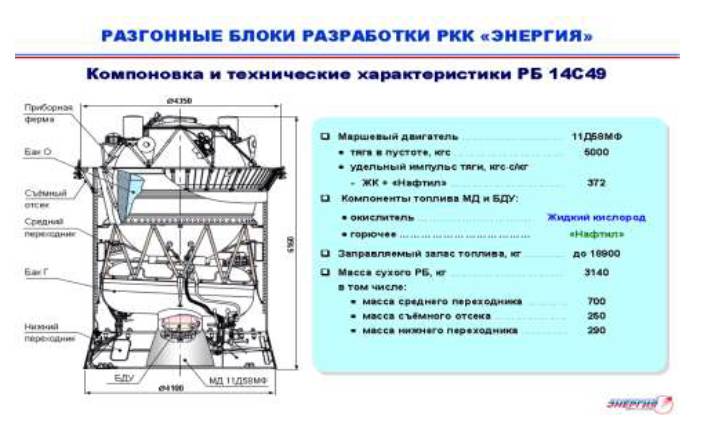
Later, the plans for the 14C48 project were adjusted. It was decided to abandon compatibility with the Proton launch vehicle in view of their expected decommissioning. Now the Angara-A5 rocket was considered as the main carrier. In this regard, the ROC "Dvina-DM" was closed, and in its place in 2014 a similar work "Perseus-KV" was launched. As far as we know, the ordering party was now the Ministry of Defense.
Design work was completed in the middle of the decade, and in 2017-18. the construction process of the first "Perseus" has started. At this stage, the Krasnoyarsk Machine-Building Plant, the Voronezh Mechanical Plant and a number of other enterprises were involved in the project. In December 2018, Krasmash completed the assembly of the first unit and sent it to RSC Energia.
In 2019-20. the upper stage of the new type passed the necessary ground tests before the future launch. In the near future, the first launch of a new RB with the Angara-A5 heavy missile was expected. The date of such a launch was postponed several times, and as a result it was scheduled for December 2021. Within the framework of the Perseus-KV development project, funds were also prepared for the operation of new equipment at the Plesetsk cosmodrome.
It is noteworthy that RB 14S48 has already become the basis for a new design. On its basis, the 14C49 product is being developed. It will receive a different propulsion system and some instruments, but it will show characteristics at the "Perseus" level. The date of completion of the work and the date of the first start-up have not yet been announced.
Design features
In terms of design, the promising RB 14S48 is similar to the previous products of its family. In fact, it is a propulsion system on which the frame, fuel component tanks and control equipment are mounted. Means are also provided for installing the payload and mounting the RB on the LV.
The Perseus uses an 11D58M liquid engine running on kerosene and liquid oxygen. Product 14S49 will use the 11D58MF engine. The engine thrust for 14С48 in the void reaches 8500 kgf, the total operating time is 1200 sec with the possibility of seven-time switching. An increased volume of fuel and oxidizer tanks are located around the engine. "Perseus" carries almost 19 tons of fuel components - many times more than the previous representatives of the "D" line. The own weight of the block is 3240 kg.
The operation of the units is controlled by equipment from the autonomous instrument compartment, built on modern components. This unit is probably borrowed from the previous RB and is also optional. So, on block 11C861-03, the flight control functions, in the absence of an instrument compartment, are transferred to the spacecraft, which is the payload.
The upper stages 11С861-03 and 14С48, as well as the future 14С49 have a number of important technical and operational advantages, and also surpass in their characteristics the previous products of their family. The promising Perseus is compatible with the latest launch vehicle, and also allows loads to be removed with high accuracy and energy efficiency. Products 14C48 and 14C49 are intended for transferring spacecraft from the reference orbit to target near-earth or departure ones.
First start
In recent months, Roskosmos and the Ministry of Defense have been actively preparing for the third test launch of the Angara-A5 rocket, which was also supposed to be the first for the Perseus. The launch was scheduled for the end of December at one of the sites of the Plesetsk cosmodrome.
The launch of the heavy launch vehicle took place on December 27 at 22:00 Moscow time. All prelaunch operations and direct start took place as usual. The flight was carried out under the control of the ground-based automated control complex of the Aerospace Forces and ground-based facilities of the Main Test Space Center. Titov of the Aerospace Forces of the Aerospace Forces.
According to the Ministry of Defense, at the estimated time, the Perseus product with a non-detachable payload mock-up separated from the third stage and proceeded to enter the calculated orbit. According to Roskosmos, the payload was supposed to go into geostationary orbit. For this, it was planned to use a typical nine-hour three-pulse circuit, providing for four turns of the RB engine.
However, the message about reaching the specified orbit has not yet followed. Moreover, the next day after the start on foreign specialized resources appeared news about the problems. According to foreign data, "Perseus" was able to turn on the engines only once and raised the load only to an orbit with an altitude of 176 x 200 km. The three-pulse scheme could not be continued. In the absence of any action, the RB will leave orbit within a few weeks.
Roscosmos did not comment on this news. The press service of the state corporation proposes to clarify the details with the launch customer represented by the Ministry of Defense. However, this department did not specify the state of the upper stage and its model load. Perhaps the situation will be cleared up in the coming days.
Plans for the future
Although official information is not yet available, there is every reason to believe that the first launch of the Perseus was unsuccessful. For unknown reasons, the upper stage could not give the load the necessary impulses and put it into the planned orbit with an altitude of 36 thousand km. Fortunately, the failure of the equipment did not lead to the loss of an expensive and complex spacecraft - a size-weight model of the minimum cost will now leave orbit.
Now specialists from the military and space departments will have to understand this situation, determine the causes of the malfunctions and take action in relation to the following blocks of the new model. What units of the 14C48 product and how will have to be modified is unknown and, probably, such information will not be disclosed. However, as a result of these measures, shortcomings will be corrected, and the reliability of the equipment will increase.
These works are of particular importance for both the Perseus project and the Angara program. Blocks 14С48 and 14С49 are planned to be actively used for a long time, and they must show high reliability. At the same time, the revision should not be lengthy and should not drag out the entire course of the program. So, next year it is planned to launch the second Perseus with a real load in the form of a communications satellite. The block's unpreparedness for this event will negatively affect the related program.
Lucky failure
Enterprises of the Russian rocket and space industry have coped with the task of creating a promising heavy launch vehicle and are successfully conducting flight design tests. Also, the development of a new upper stage for it, which has improved characteristics, has been completed. He also went to flight tests, but the only launch, apparently, was unsuccessful.
However, the work does not stop, and it is quite clear what will happen next. Roscosmos enterprises will find the reasons for the failure and improve the new upper stage, after which it will be able to fully solve its problems. Thus, the recent failure will provide a known benefit and contribute to further success - although for this the developers of "Perseus" will have to put in some effort.
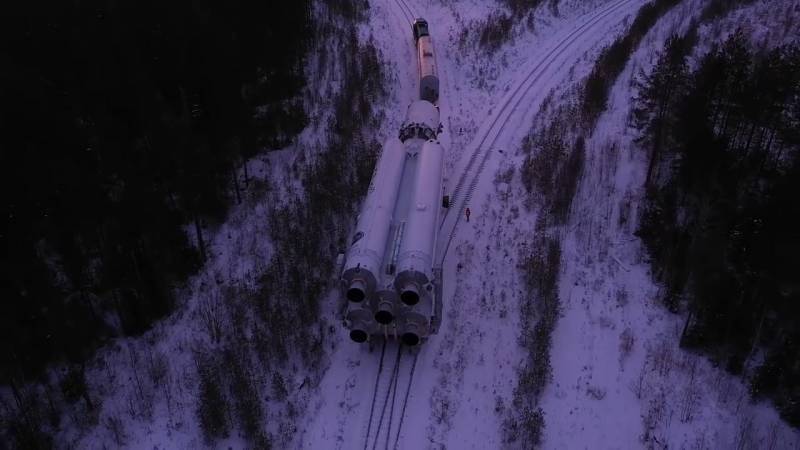
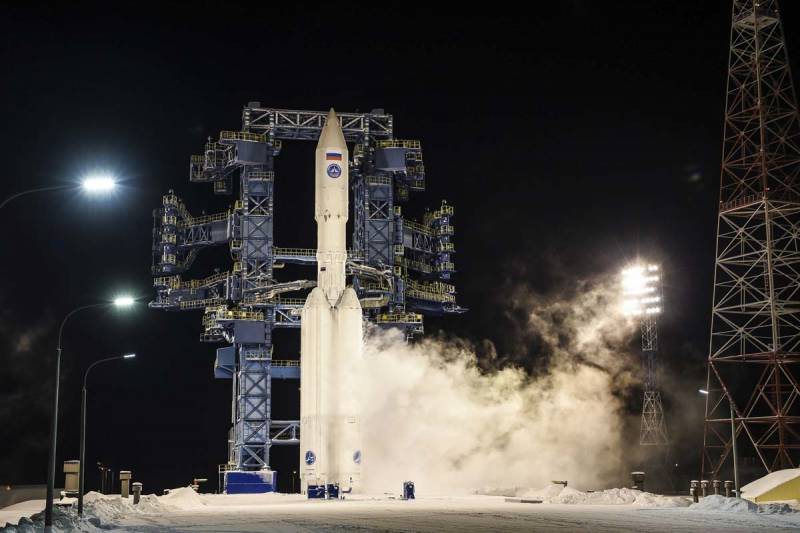
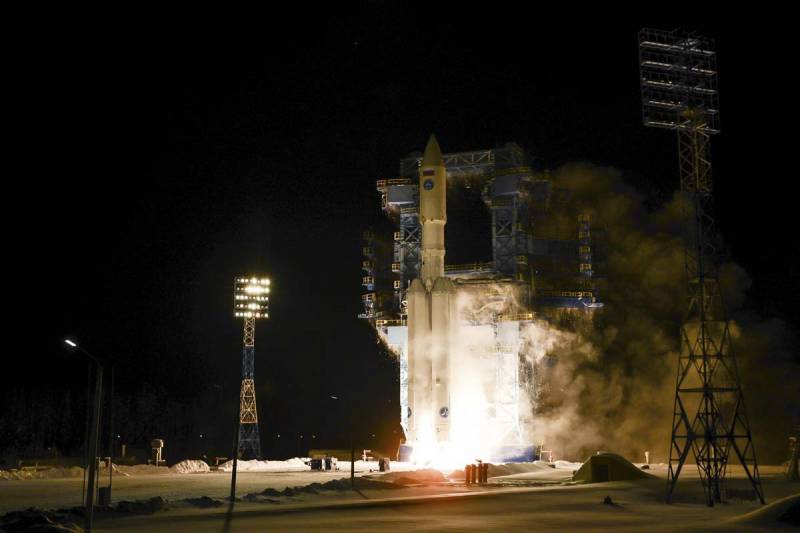
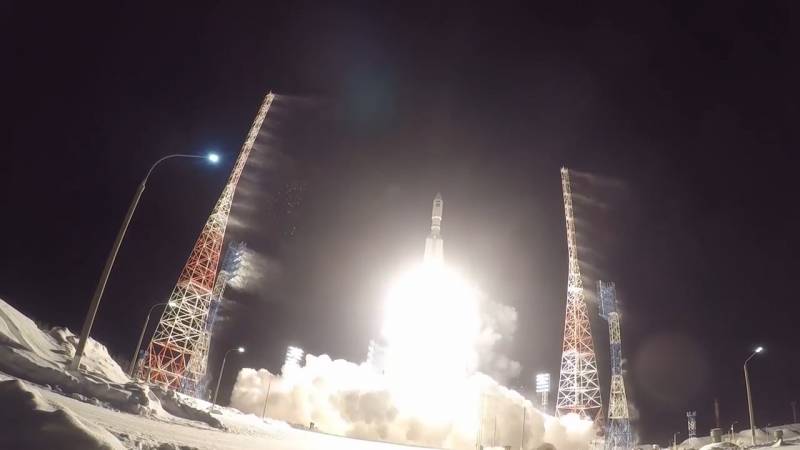
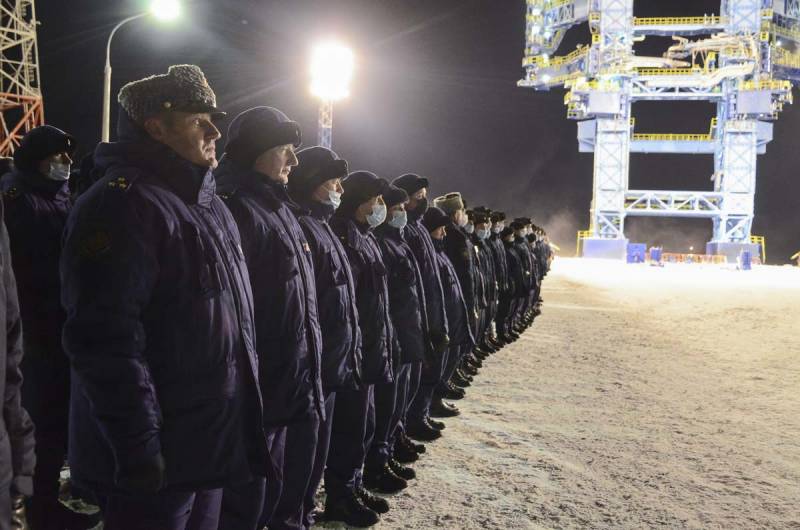
Information